Urban parks stand as verdant sanctuaries woven into the fabric of city life, offering tranquil oases amidst the hum of urban existence. They serve as essential breathing spaces for residents and visitors alike, blending the serenity of nature with the dynamic rhythm of metropolitan landscapes. These hidden nature retreats not only refresh the senses but also nurture the well-being of entire communities, transforming concrete jungles into places where people and the natural world coexist in harmony.
The Healing Power of Green Spaces
Nature’s Influence on Mental Health
The restorative qualities of natural environments within urban parks offer a powerful antidote to the stresses of city living. Studies have shown that being surrounded by trees, grass, and water calms the mind and reduces anxiety and depression. As people stroll along wooded trails or rest beside calming ponds, their minds find respite from digital screens and constant noise, making urban parks vital for psychological well-being in modern society.
Physical Activity and Wellness Benefits
Urban parks play a critical role in promoting an active lifestyle, inviting people to move more freely than they might in urban environments dominated by traffic and concrete. Whether jogging, cycling, or practicing yoga on the grass, park visitors enjoy accessible spaces for physical exercise. Such activities, supported by the fresh air and natural surroundings, bolster cardiovascular health, improve immunity, and help the body recover from sedentary routines.
Social Connection and Community Spirit
Parks act as gathering points where people from diverse backgrounds can come together, whether at impromptu picnics, community events, or simply sharing a park bench. These shared experiences foster social bonds and a sense of collective ownership. The proximity of nature can soften social barriers, making urban parks places where friendships flourish and community ties are strengthened, enriching the fabric of city life.
Biodiversity in the Heart of Cities
Flourishing Wildlife and Plant Life
Within city parks, carefully curated landscaping and protected areas give rise to vibrant plant communities and attract an array of animals. From songbirds flitting through the treetops to butterflies dancing around flowerbeds, the park ecosystem thrives. By supporting pollinators and other wildlife, urban parks sustain the intricate web of life and provide people with everyday encounters with nature that are both educational and awe-inspiring.
Conservation Efforts in Urban Settings
Many urban parks are actively managed to nurture native species and restore natural landscapes. Efforts such as planting indigenous trees, controlling invasive species, and creating habitats like ponds and wildflower meadows help conserve urban biodiversity. These actions not only preserve local ecosystems but also demonstrate how cities can contribute to broader environmental sustainability and resilience.
Opportunities for Nature Education
Urban parks offer unique, hands-on learning experiences for people of all ages. Educational programs, guided walks, and interactive signage help visitors understand local flora and fauna, increasing environmental awareness. For children, these natural classrooms play a critical role in fostering lasting appreciation for the environment, laying the groundwork for future stewardship and care.
Escape from the Concrete Jungle
Sanctuary for the Senses
A park’s landscape offers a sensory experience that contrasts sharply with urban surroundings. The rustle of leaves, the scent of blooming flowers, and the dappled light filtering through the canopy create a calm and restorative atmosphere. For those seeking solace, these elements work in harmony to create a sanctuary where worries dissolve and the mind finds clarity.
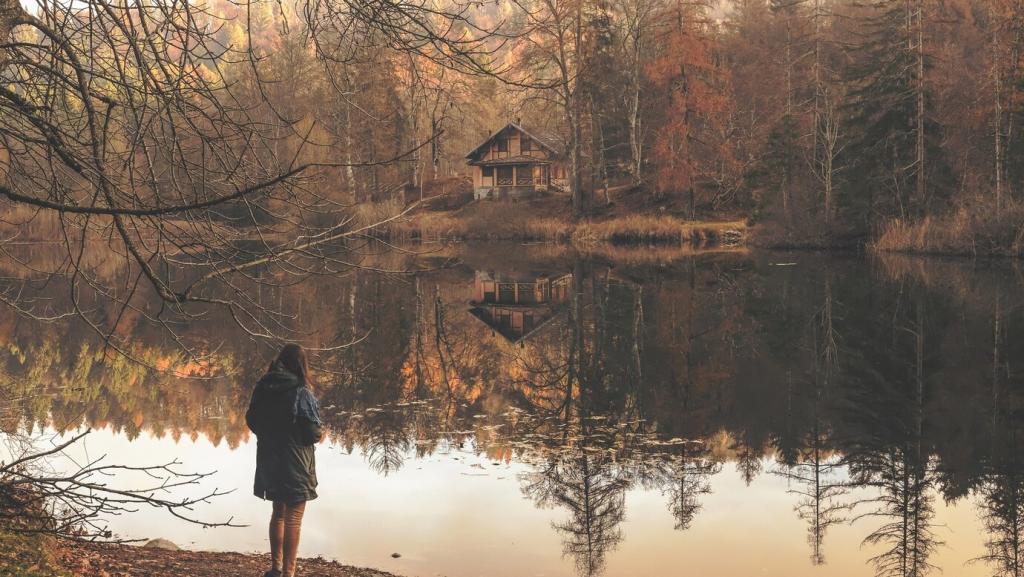
Design and Innovation in Urban Park Spaces
Integrating Nature and Urban Life
Innovative park design focuses on weaving natural elements seamlessly into urban settings. Paths wind through groves of trees, rooftop gardens overlook busy streets, and green corridors link neighborhoods. This integration encourages residents to engage with nature in their daily routines, creating harmonious spaces that are both functional and aesthetically striking.
Adaptive Use of Space
With cities growing denser, park planners increasingly transform underused lots, rooftops, and abandoned railways into vibrant green spaces. These adaptive projects reclaim land for public enjoyment, often turning overlooked areas into beloved destinations. The creativity involved demonstrates that even limited space can yield lush, inviting environments that enrich urban life.
Sustainable and Eco-friendly Practices
Environmental responsibility guides the evolution of urban park design. Sustainable practices include rainwater collection systems, native plantings, and materials sourced with minimal ecological impact. Parks are now being built and maintained with climate change in mind, helping cities adapt to rising temperatures and unpredictable weather while remaining inviting nature retreats.
Previous slide
Next slide
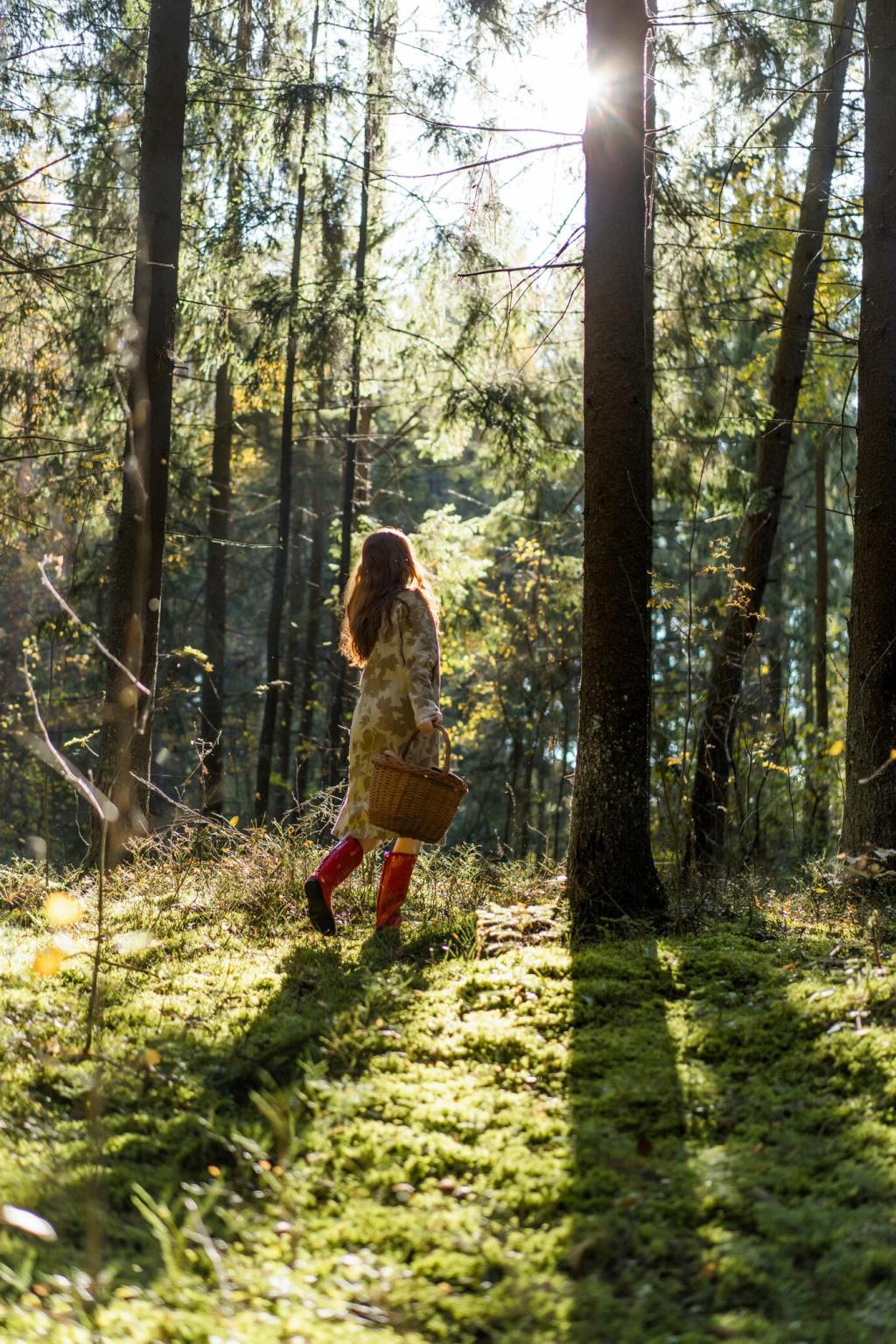
Environmental Benefits and Urban Resilience
Cooling Urban Heat Islands
Cities are prone to the “heat island effect,” where concrete and asphalt retain heat, making temperatures soar in summer. Parks, with their tree cover and open lawns, help moderate this by providing cool, shaded areas. The natural process of transpiration further lowers temperatures, making cities more comfortable and reducing reliance on energy-intensive air conditioning.

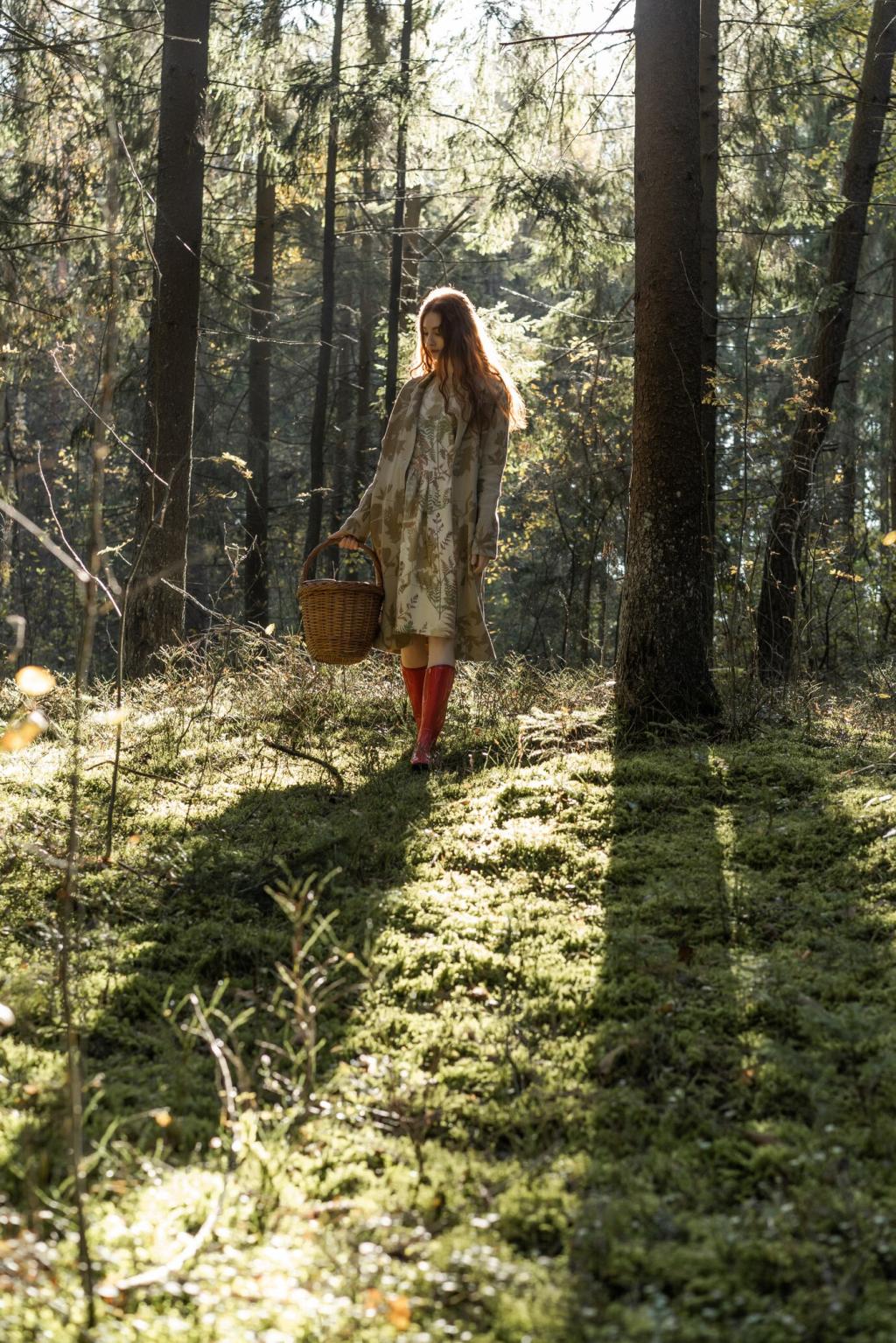
Improving Air and Water Quality
The plants and trees in urban parks act as natural filters, absorbing pollutants and improving the quality of the air. Park vegetation also plays a role in cleaning stormwater, reducing runoff, and minimizing the risk of flooding. These green infrastructure solutions support healthier urban environments and protect local waterways from pollution.
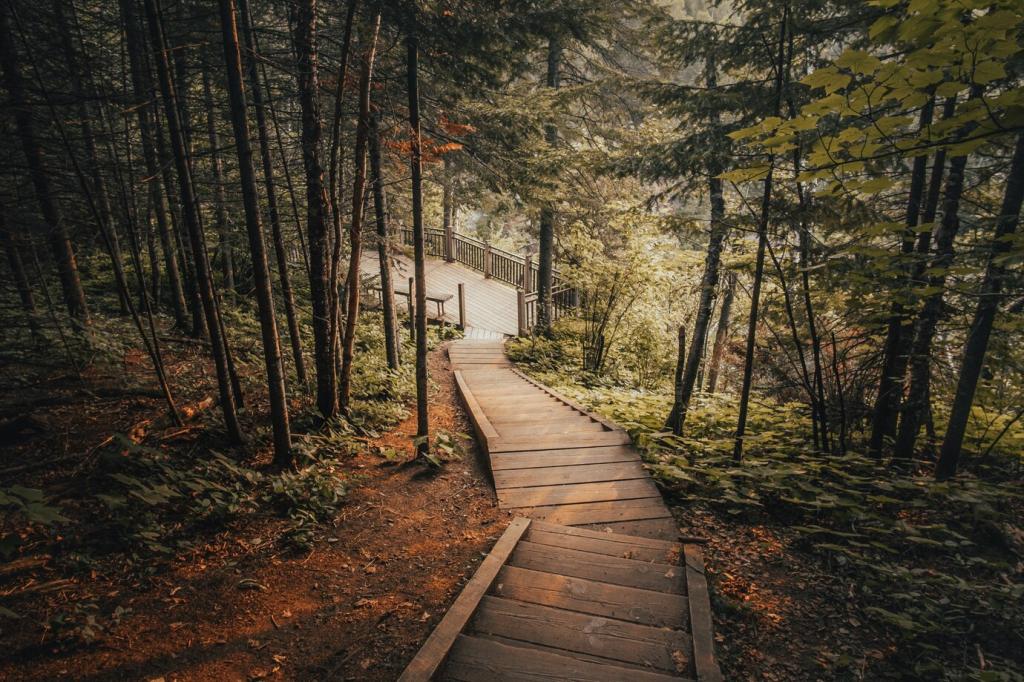
Morning Rituals and Daily Fitness
Many residents make parks an integral part of their morning routine, enjoying sunrise yoga, brisk walks, or quiet meditation before the day’s demands take over. This daily interaction with nature sets a positive tone, promoting mindfulness, productivity, and better health throughout the day. The regular use of urban parks makes well-being an achievable, routine part of city living.
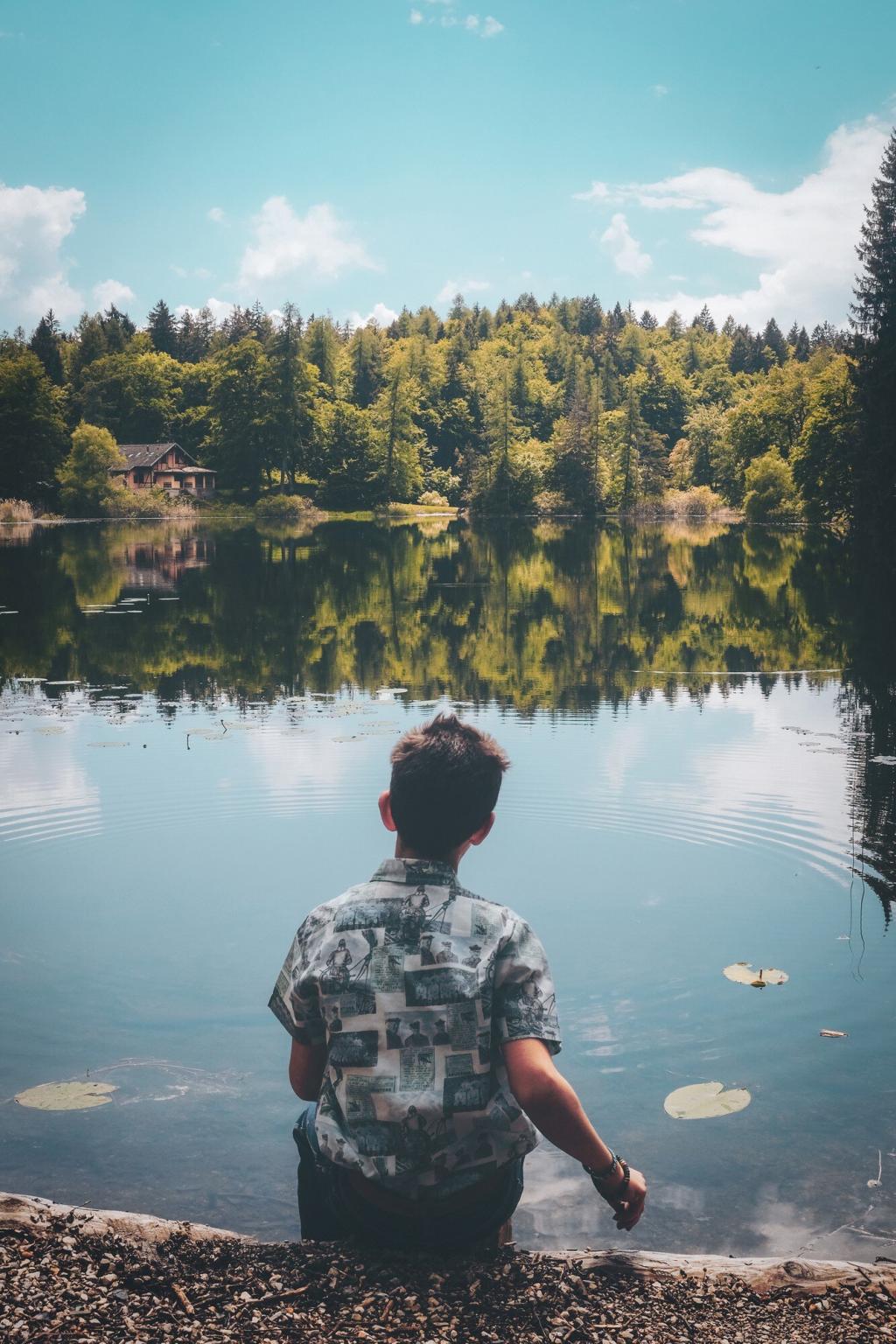
Gatherings and Celebrations
Urban parks serve as central locations for family picnics, friendly gatherings, and informal celebrations. Their welcoming atmosphere makes them the chosen spot for birthday parties, casual reunions, or simply sharing an outdoor meal. The sense of community fostered in these spaces is a testament to their importance as everyday gathering grounds within the urban environment.
